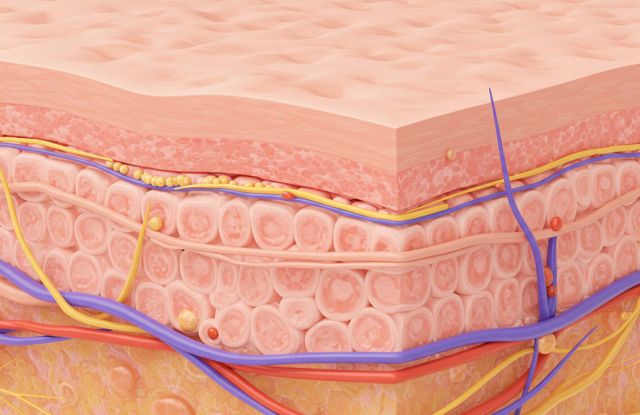
Labia Weights: Exploring Tools and Techniques


Labia stretching practices have long included the use of weighted tools, ranging from simple everyday items to purpose-made specialty gear. While the idea may sound straightforward—adding weight to encourage gradual elongation—the approaches, materials, and attachment methods can vary greatly depending on individual preference, comfort, and experience level.
Types of Labia Weights
Fish Weights
A common starting point is the use of fishing sinkers or fish weights. These are accessible, inexpensive, and come in a wide variety of sizes, usually measured in grams or ounces. Their simple shape makes them easy to attach, but care must be taken to avoid sharp edges or rough surfaces that could irritate the skin.
Gram Weights
More controlled and precise are gram weights, often borrowed from laboratory or educational sets. These allow for a structured progression—adding or removing weight in small increments. For those seeking consistency, gram weights provide a reliable way to measure progress and maintain balance between both sides.
Specialty & Novelty Weights
Over time, specialty gear has emerged, designed specifically for intimate use. Some are crafted as polished stainless-steel weights, often featuring hooks, clamps, or chains for secure attachment. Others come in more playful or decorative designs, serving both practical and aesthetic purposes. Interestingly, certain novelty weights are marketed not only for labia stretching but also for nipple play, showing how this type of gear can cross between practices.
| Type | Description | Pros | Considerations |
|---|---|---|---|
| Fish Weights | Common fishing sinkers used as stretch weights. | Affordable, widely available. | Check for rough edges; less precise weight control. |
| Gram Weights | Precise weights often from lab sets. | Accurate, easy progression. | Less discreet, bulkier than sinkers. |
| Specialty Weights | Custom-designed for labia/nipple use. | Purpose-made, secure, aesthetic options. | More expensive, less accessible locally. |
Attachment Methods
Clamps
Clamps are one of the more straightforward tools. They grip onto the labia without the need for piercing and can be adjusted for tension. While they provide a firm hold, users should monitor comfort closely, as prolonged or overly tight clamping can restrict circulation.
Piercings
For those with permanent piercings, weights can be attached directly to rings or barbells. This method offers security and minimizes slippage, though it requires a commitment to body modification. Piercings also allow for the use of custom jewelry and threaded weights designed for long-term stretching routines.
Chains and Hooks
Some prefer the flexibility of attaching weights via small chains or hooks, which can be clipped onto the labia or linked through piercings. This approach allows a more dynamic range of movement, though stability varies depending on the chosen setup.
Finding the Right Fit
Not every method or weight type will suit every individual. Some begin with improvised items such as fish weights before moving toward precision gram weights or specialty gear once they become more familiar with the practice. The choice often depends on comfort, aesthetic preference, and the degree of control one wishes to maintain.
Quick-Start Guide: Using Labia Weights
Tools: Small weights (20–50g), clamps or hooks, clean surface.
Do’s: Start light, clean equipment, monitor comfort, increase slowly.
Don’ts: Avoid sharp-edged weights, don’t exceed comfort, don’t wear for prolonged periods at first.
Q&A: Common Questions About Labia Weights
Q: How heavy should I start with?
A: Many start with light weights (20–50g) and increase gradually as comfort allows.
Q: Can nipple weights be used for the labia?
A: Some novelty weights are marketed for both, though labia weights often require more secure attachment.
Q: Do I need piercings?
A: No. Clamps, hooks, or chains can be used without piercings, though piercings provide greater stability.







